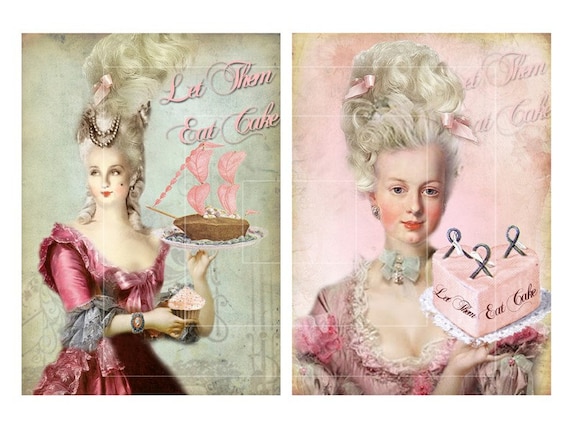When you’re a professional communicator or marketer, it is crucial that you ‘wear the moccasins’ of the journalists you are talking to. Today in an unusual twist for SWIG we want to bring you a terrific piece of writing which was also a speech at the recent Wine Bloggers Conference in upstate New York, delivered by award-winning blogger and writer, Meg Houston Maker. Our thanks to Meg for sharing her insights.
AUGUST 17, 2015: The Story Only You Can Tell: Advice to Wine Bloggers
By Meg Houston Maker
You have a wine blog. Congratulations: You are now a nonfiction writer.
But that doesn’t mean you can’t tell a story. In fact, you must tell a story if you want your work to be read, and if you want your reader to keep reading.
Good wine writing demands more than just a palate and a vocabulary. It demands curiosity, creativity, insight, and diligence—and that’s true whether you approach your work journalistically or view your blog as a strictly artistic endeavor.
Good writing is also about more than grammar and syntax. These reside squarely in the realm of copy editing. This is writing writ small.
I’m speaking here about the realm of storytelling, of story doctoring, the art of stitching your piece together into something that is bigger than the sum of its parts. Something that says something you believe to be true.
If you’re willing to master a few techniques of good writing, you can keep your reader reading. These techniques aren’t hard, but they do require you to bring your writing to a level of consciousness: To inquire, to listen, to reflect, to syncretize—to tell a story.


